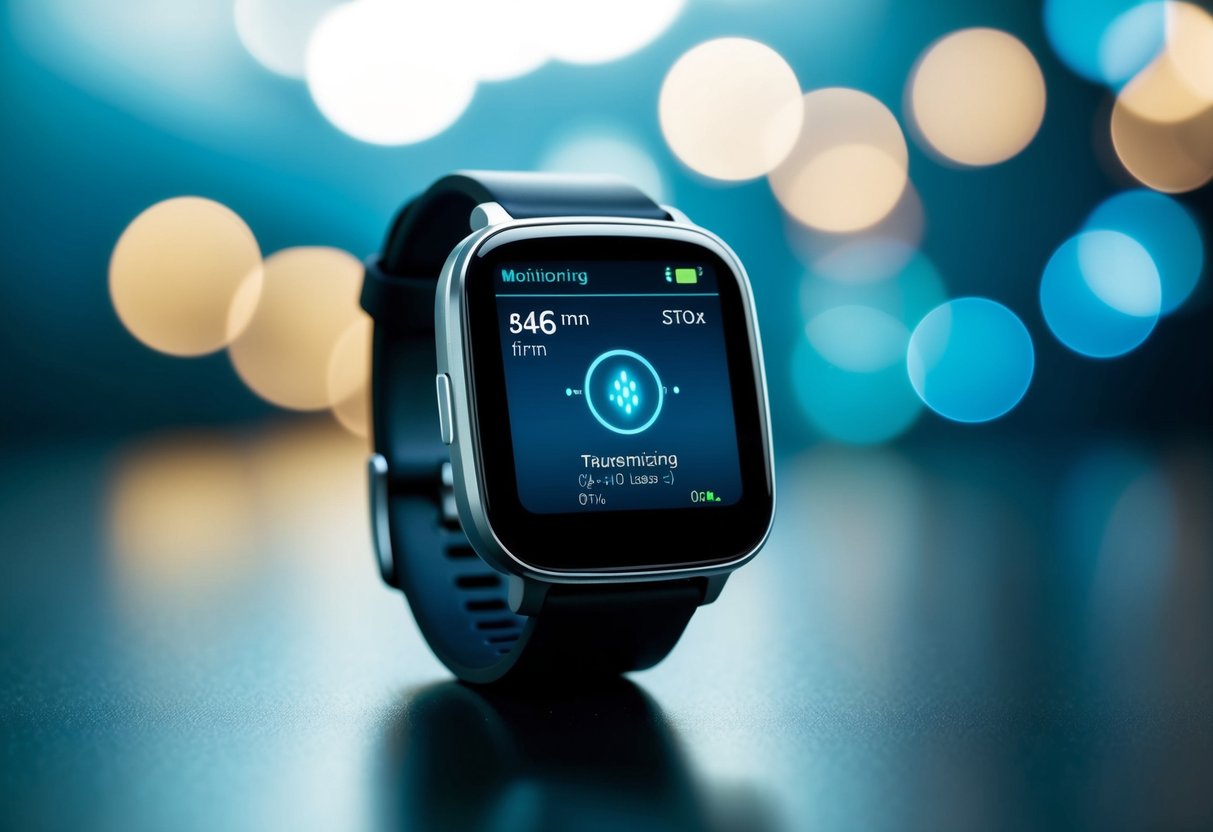
Remote health monitoring has gained significant traction in recent years, particularly with the challenges and changes brought about by the pandemic. As the world continues to adapt, the future of remote health monitoring promises to revolutionize healthcare, offering greater accessibility and efficiency beyond what was imagined during the crisis. This evolution is fueled by advancements in technology, ranging from wearable devices to telehealth platforms that continue to innovate and expand the realm of possibilities.
The integration of artificial intelligence and machine learning into these technologies is accelerating progress, allowing for more precise data collection and analysis. These innovations enable healthcare providers to offer personalized treatment plans and real-time monitoring, making healthcare more proactive and preventive. Patients can now benefit from continuous health insights without the need for frequent in-person visits, thereby transforming patient care and engagement.
As these technologies continue to evolve, they bring forth new opportunities and challenges in terms of privacy, data security, and accessibility. Legislative frameworks and industry standards are working to keep pace with these changes, ensuring that the benefits of remote health monitoring are realized without compromising patient privacy. The journey towards a more connected and responsive healthcare system is underway, promising a future where health insights are as close as one’s wrist.
The Emergence of Remote Health Monitoring
Remote health monitoring has transformed from a niche service to a mainstream healthcare approach. Driven by technological advancements and shifting healthcare needs, this trend offers new ways for patients to engage with healthcare providers, enhancing both access and efficiency.
Rise During COVID-19 Pandemic
The COVID-19 pandemic acted as a catalyst for the widespread adoption of remote health monitoring. With the need to limit in-person visits and manage the overwhelming demand on healthcare systems, remote patient monitoring (RPM) technologies emerged as a critical solution. These technologies enabled healthcare providers to track vital signs and health metrics from a distance, ensuring continuous care. Telehealth applications skyrocketed as practices incorporated them into regular healthcare delivery. This shift not only improved health outcomes during the pandemic but also laid the groundwork for long-term change in healthcare practices.
Advancements in Telehealth and Telemedicine
Telehealth and telemedicine have undergone significant advancements since the onset of remote health monitoring. Improvements in digital platforms allowed for real-time consultations between patients and providers, facilitating timely diagnostics and treatment plans. Enhanced data analytics and integration capabilities enabled more personalized care. Remote patient monitoring devices are now capable of tracking chronic conditions with increased precision, offering reliable insights that traditional face-to-face appointments might miss. Continuous innovation in connectivity and wearable technology continues to expand the reach and effectiveness of telehealth services, redefining patient-provider interactions.
Technological Foundations of Remote Monitoring
Remote health monitoring has evolved significantly, with advances in wearable sensors, regulatory shifts in medical devices, and the integration of artificial intelligence and machine learning. These developments enhance data accuracy, improve patient outcomes, and streamline healthcare processes.
Wearable Sensors and Devices
Wearable sensors and devices are becoming fundamental tools in remote health monitoring. These devices, including smartwatches and fitness trackers, enable continuous tracking of vital signs and physical activity. They offer real-time insights into parameters like heart rate, blood pressure, and sleep patterns. The miniaturization of sensors ensures comfort and ease of use for patients, promoting widespread adoption.
Smart textiles and biosensors are pushing the boundaries further, allowing for non-invasive glucose monitoring and temperature regulation. These innovations reduce the need for direct patient involvement while ensuring precise health data collection.